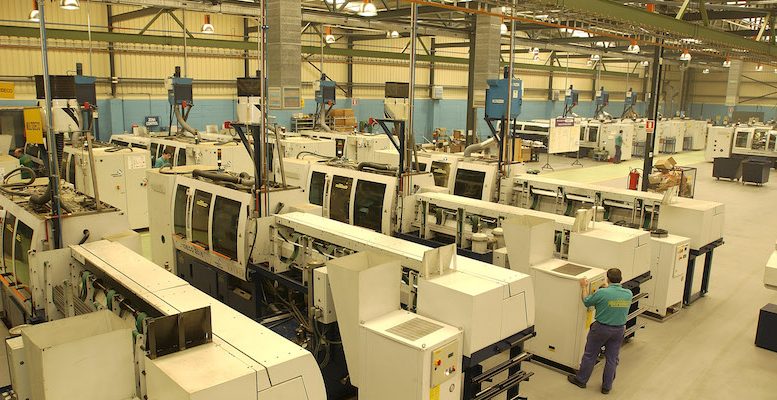As the saying goes, there’s no need to invent the wheel, it’s already been invented. Well it’s just the same in Spain. We complain about the industrial desertification over the last few decades and about the fact we are becoming a waiters’ economy, but we have an unrivaled successful industrial model. And yet, up to now, very few, or hardly anyone, has tried to imitate it. Madrid has made some slight progress but Catalonia, the big industrial region of the 1970s and 1980s, has done very little in industrial terms.
Is it so difficult to follow the path set out by the Basque country’s businessmen and politicians, who have been able to weave a unique alliance which transformed at the time the disasters of reconversion into a golden opportunity for the region?
Spaniards don’t know a lot about these things. About the industrial power of a small region of 2.000 kms and a little more than 2 million inhabitants. All of its industrial indicators are amazing. Industry now represents 23.5% of GDP, similar to Germany, which means the region is one of the most industrial in the whole of the EU. Its revenues are around 72 billion euros, 32.7 billion per each Basque citizen. And that’s saying something.
Great Britain suffered the destruction of its industry at the height of the Thatcher era, along the lines of what happened under Felipe Gonzalez. It opted for the most neoliberal way ahead and let most of its industry die off (it now hardly has any automotive industry to speak of). In the Basque country, the old blast furnaces, steel industries and tool manufacturing companies of that period have been transformed into a high-tech industrial infrastructure, which includes the automotive and aeronautics sectors, as well as new energies, machine tools…
These are global cutting hedge industries. They export between 70% and 90% of their production, achieving surpluses for the region’s trade balance, of some 5 billion euros in one of the last few years.
Despite its scant population, the region is the headquarters for industrial giants like Mondragón, Iberdrola, Gamesa, Sidenor, Tubos Reunidos, Tubacex, Aernnova Aerospace, Arcelor, Cie Automotive, Irizar, Gestamp, Sener, ITP Aeronautica and an infinite list of more big companies, all multinationals which are used to selling abroad and have operations across the world. And the strange thing is that, in contrast to other regions, most of the big Basque companies are local, owned by long-time Basque families. That’s the reason why they are so worried about the sale of Gamesa to Siemens or ITP a Rolls Royce.
Without doubt, part of the success of the reindustrialisation process lies with these families. Although they were setting up their companies across the globe, they never forgot that their neurological centres – management and R&D – should remain close to home. Furthermore, these families not only compete for market share but also cooperate with each other. The region has almost 20 clusters specialised in segments like automotive, machine tools, white goods or electronic goods.
These clusters have their own R&D centres and agreements with private institutions and universities. And they are permanently working to improve technology and innovation. The automotive centre, which has sparked the interest of Süddeutsche Zeitung, invests 3.6% of its revenues in R&D.
Another factor to highlight has been the unconditional and uncomplicated collaboration (been called interventionist) in these projects. In general, this has been behind all the important decisions about transformation, investment or internationalisation adopted by each one of these industries.
It was also a great help that the Basque savings banks were saved from the property bubble. This meant that most of them avoided going bust. While in the rest of Spain these lenders focused on financing mortgages, the Basque savings banks continued to support industrial projects developed by the companies and backed by the government in Vitoria and the three country councils, which have a lot of power there.
To such an extent that at times it looks like a different country. Salary levels are difficult to equal in the rest of Spain and its 340.000 pensioners are paid on average almost 1.300 euros, the highest in the State. Income per capita is no less than 30.500 euros a year (compared with 25.600 euros in the EU 28).
The only problem is that industrial GDP was even higher, nearly 30% before the crisis. The government in Vitoria has been trying for years to ensure this stands at 25% at least, without managing to do so. But this need not be a sign of failure. This is happening everywhere. The services sectors are an increasingly important part of industrial activity (logistics, transport, innovation), which alters how this is measured. And there is another issue. Industry is increasingly more automated and employs an increasingly smaller number of workers per unit produced. And this also affects how things are measured. But let’s not get obsessed with the details. We all know about the tricks of statistics. The reality is that the Basque country is rubbing shoulders today with German regions like Baviera o Baden Wurtemberg.





